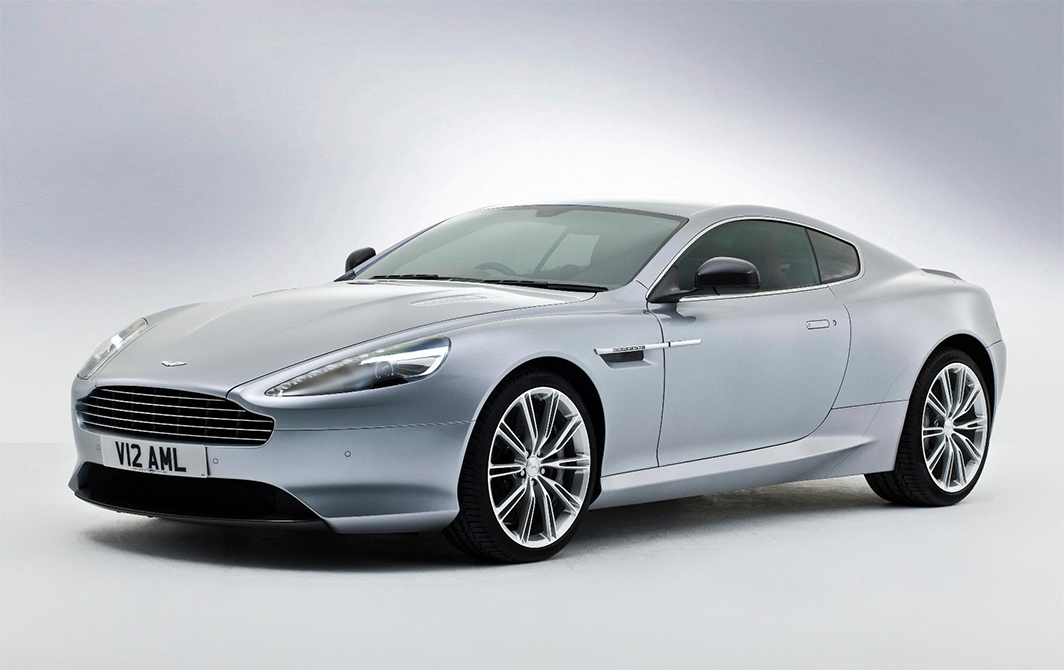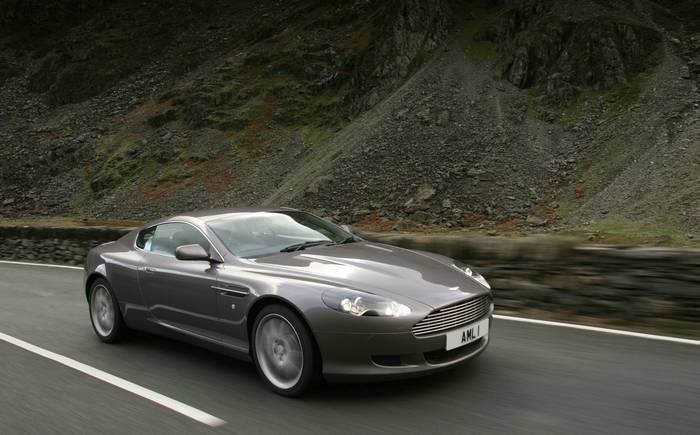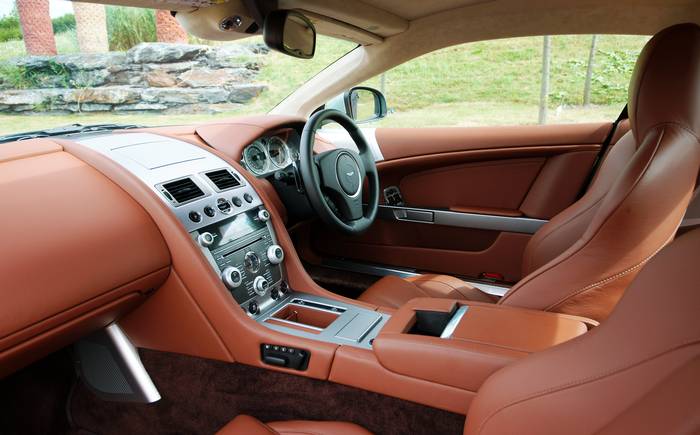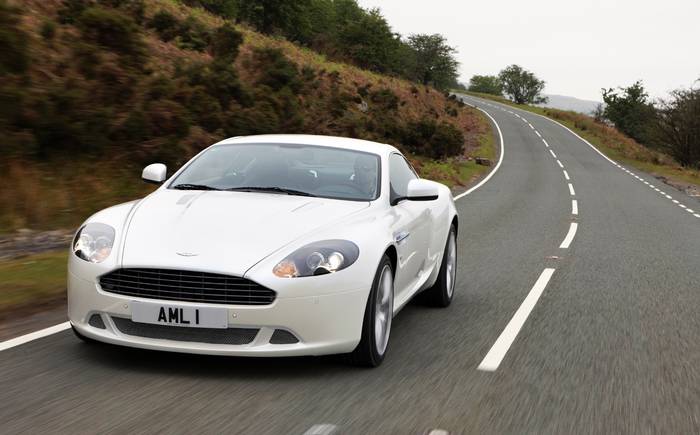Aston Martin DB9 review (2004-on)
Old but not necessarily ageing, the DB9 is among the best of British beef

What is the Aston Martin DB9?
The DB9 is a car that deserves to wear its undies outside its tights, a card-carrying superhero that single-handedly saved its creator from oblivion. But 2003 was a long time ago and though subject to occasional updates and revisions since, the car seen today remains too close to the original to make it seem anything other than out of date relative to its more modern rivals.
Aston Martin had survived selling antediluvian cars before the era of the DB9, trusting that their charm, looks and name would make up the shortfall. And it is precisely these qualities upon which this stylish V12 coupé now depends. For sheer punch and ability, cars like the Porsche 911 Turbo S, Audi R8 V10 and even the Jaguar XKR-S are in an entirely different postcode.

Model revision news (2013-MY DB9): Since this report was published, the DB9 has been comprehensively revised. The engine now produces 510bhp (up from 470bhp), the body is stiffer but lighter, and 70% of the body panels are all-new. The brakes and brake callipers are now composed of carbon-ceramic for improved stopping power and better heat dissipation. In addition, the revised DB9 has Aston Martin’s Adaptive Damping System (ADS) giving three modes: Normal, Sport and Track. See Giles Smith’s First Drive for impressions.
The drive

Despite its age, the DB9 still possesses the ability to put a smile on any keen driver’s face. It never did offer the last word in nimbleness, but grand tourers like this must balance outright performance with other, less tangible qualities. They must sound good when you want to enjoy yourself, and know when to shut up when you’re just getting from A to B. In corners stability is at least as important as agility and while it’s okay for the ride to be firm, it can never be harsh. In all these respects, the DB9 continues to do well.
The 6.0-litre V12 engine offers a searing soundtrack and at least adequate performance for the breed, though it’s two-and-a-half times more expensive than a BMW M3 and no quicker out of the blocks. Its chassis can easily handle the power which means easy, languid progress most of the time, though if you do intend to throw it around, you’ll find it a lot more responsive than, say, a Bentley Continental GT. Fuel consumption is terrible, as if you needed telling.
The interior

Looks aren’t everything, even for an Aston Martin, and while the cabin of the DB9 retains its visual appeal, as a place from which to function for a few hours at a time, it’s seriously flawed. The gorgeous instruments are close to illegible, tall drivers will find leg room quite restricted and Holmes wouldn’t wish the back seats on Professor Moriarty. As almost all owners do, they’re best seen as a supplemental luggage area rather than somewhere fit for human habitation. Moreover the switchgear is an artfully arranged mess, making the car needlessly difficult to operate.
Finally, the DB9’s number is almost certainly soon to be up. With the new Vanquish replacing the DBS, Aston appears to be relaunching itself from the top down, which means the DB9 should be next in line. And while we continue to like the current car, even the most ardent Aston fan would surely agree that the arrival of its successor can’t come too soon.
What to look out for when buying the Aston Martin DB9
The DB9’s age means there’s been plenty of time for fault patterns to become apparent, and while reliability isn’t bad, there are a few potential glitches. The Linn hi-fi can throw a wobbly, while creaky interiors aren’t unknown. Some owners have also found that electrical faults are a bugbear, while the tyre pressure monitoring systems can pack in. Worn leather, premature clutch wear and stone-chipped paint on the nose can also be issues, but all these things are heavily influenced by how well the car has been driven and maintained.

Despite its elevated status, the DB9 has been recalled by Aston Martin three times. The first of those, in 2005, was because of the parking brake in the automatic gearbox failing to engage properly; the others were both because of steering issues, including possible failure.
Aston Martin DB9 Coupé specifications
- Price:
- £133,080
- Engine:
- 5935cc, V12
- Power:
- 470bhp @ 6000rpm (2013 MY DB9: 510bhp @ 6500rpm)
- Torque:
- 440 lb ft @ 5000rpm (2013 MY DB9: 457 lb ft @ 5500rpm)
- Transmission:
- 6-speed auto
- Acceleration:
- 0-62mph in 4.8sec (2013 MY DB9: 4.6sec)
- Top speed:
- 190mph
- Fuel:
- 18.2mpg (combined)
- CO2:
- 368g/km
- Road tax band:
- M
- Dimensions:
- L 4710mm, W 1875mm, H 1270mm




